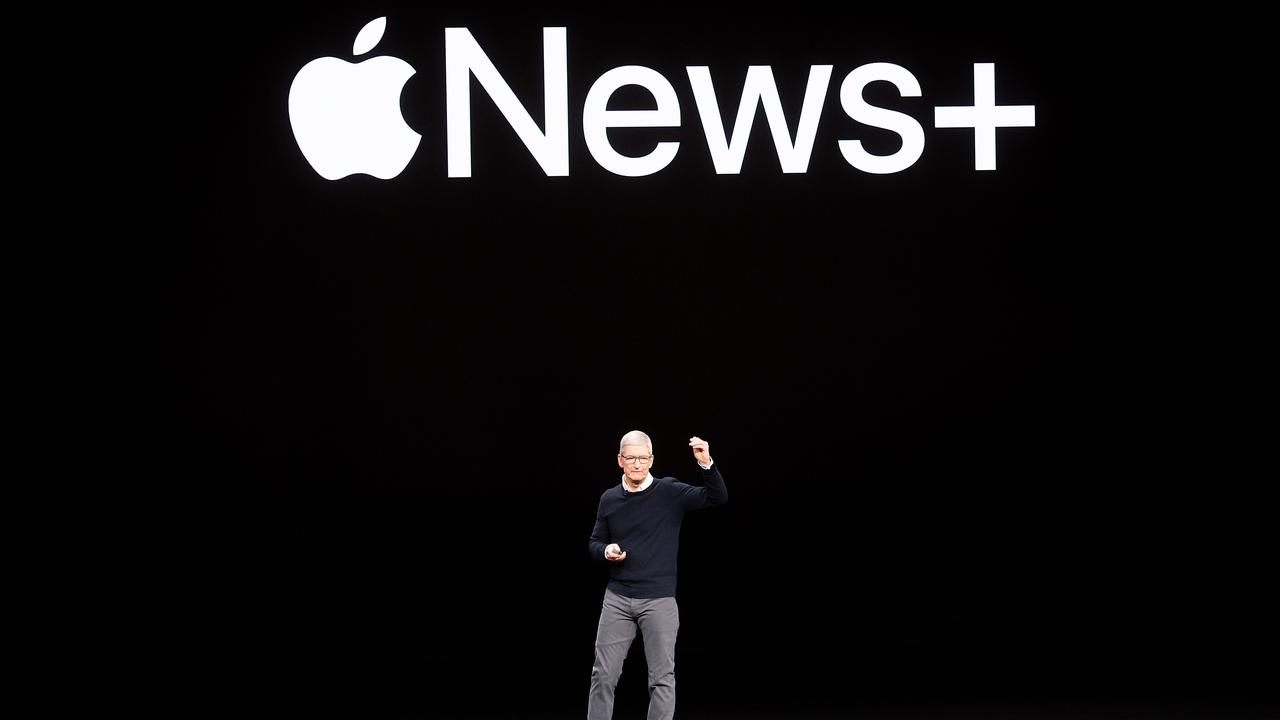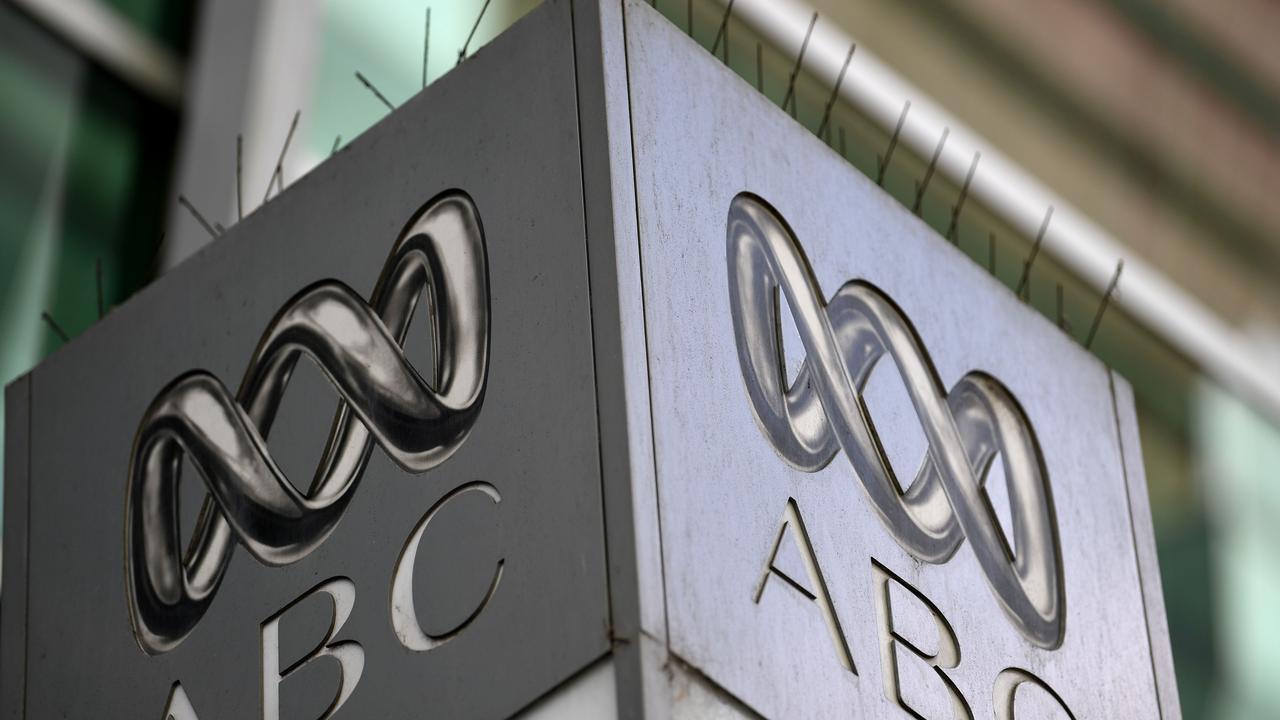Twitter boss blasts Facebook, vows to share revenue
Twitter’s president of global revenue Adam Bain says the social media giant can collaborate with television and newspapers.

Twitter has fired a shot across the bows of Facebook, pledging to develop mutually beneficial relationships with TV networks and newspapers rather than aggressively targeting their advertising dollars like its larger rival.
Twitter’s president of global revenue Adam Bain revealed the microblogging website does not want to “set itself up in opposition to traditional media”, saying the company is prepared to share advertising revenues in two-way partnerships that do not require newspapers and TV networks to surrender readers and viewers to the platform.
“The interesting difference between Twitter and everybody else in digital is that we are very much of the view that we need to develop collaborative relationships with other forms of digital media,” Mr Bain said, speaking exclusively to The Australian at the Cannes Lions International Festival of Creativity in his only interview with an Australian media outlet.
“Twitter is not an island like other digital platforms. We’re a bridge into other platforms including TV, newspapers, magazines and outdoor. We’re a very collaborative company and we think ultimately there can be a win-win relationship with those platforms on behalf of consumers.”
Mr Bain, a former News Corp executive who has recently been linked with Twitter’s chief executive position, said a closer relationship with the newspaper industry presented a “huge audience opportunity” for publishers to gain more scale, and strike “financial agreements”.
“When people come to Twitter they are in a discovery mode asking ‘What’s hot? What’s new? What’s going on in the world, and what’s happening in my world? There’s a huge audience opportunity.”
The comments come after several news publishers formed an uneasy alliance with Facebook via its new Instant Articles service. Nine global publishers have enabled Facebook users to read stories without leaving the social network, since the digital platform will host the articles rather than just providing links.
In exchange, newspapers can let Facebook sell the advertising space, and give it a 30 per cent cut. But the tie-up could undermine the publishers. Facebook has grown into a 800-pound gorilla, controlling about 9 per cent of global advertising expenditure.
Newspapers like The New York Times and The Guardian are at risk of giving Facebook even more power by conditioning young consumers to think that they can get everything they need on the platform, while the publishers are weakening their own websites.
WPP chief executive Sir Martin Sorrell told The Australian that Facebook has “become more difficult to deal with” as the social network unveiled new mobile advertising products as part of a concerted push into the television advertising market.
“Internet companies who are media owners and not technology companies are behaving in positive or negative ways, depending on their performance,’’ he said. “Facebook feels it has more momentum and is catching up with Google, which they are.”
Facebook held a series of intensive workshops on the French Riviera last week at the advertising industry’s annual gathering in Cannes. Examples of the new advertising units seen by The Australian sent a clear message to the media industry. It showed the social network is now circling the type of big brand advertising dollars normally contested by the Seven, Nine and Ten networks.
Mr Bain’s strategy is in sharp contrast to Facebook’s approach at a time when the big digital platforms are seeking more harmonious relationships with traditional media to obtain the one thing they don’t have: content.
“As people watch TV increasingly they are consuming tweets or tweeting about what they watch,” Mr Bain said. “There’s an unbelievable opportunity to drive tune- in for those shows, engagement and retention of those TV shows.’’
A $US23 billion company, Twitter’s user growth nearly ground to a halt in the fourth quarter of 2014 even though revenue continued to surge.
The key to building on users and advertising revenue was international expansion into markets like Australia, Mr Bain said.
“The entire business has been growing incredibly rapidly,’’ he said. “We finished 2014 with $1.4bn in revenue. That ranks as one of the fastest ramps of all time. Two years ago, the number was zero. This year we will go from $1.4bn to $2bn.”
Mr Bain said the Australian market had become Twitter’s “tentpole country” within its fastest-growing region, Asia-Pacific.
“Australia is one of the countries with the biggest upside opportunities both on the consumer side and in terms of what our commercial partners are doing on the platform.”
The company has also ramped up its offering to marketers with new data-led tools that enable advertisers to better understand their audiences on Twitter.
A new feature will offer up information about user demographics, interests, purchasing behaviours and other attributes to help marketers target their ads and to optimise their messaging.
“The number one thing on the mind of marketers are consumer insights,” Mr Bain said. “The future of marketing is tailored messages driven by deep insights.”




To join the conversation, please log in. Don't have an account? Register
Join the conversation, you are commenting as Logout